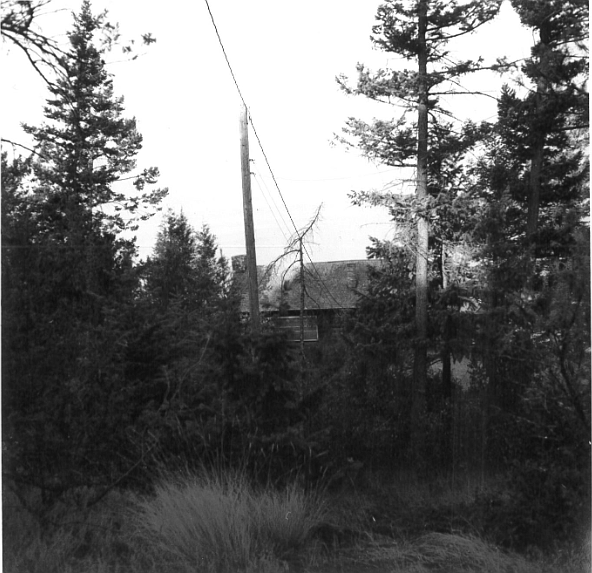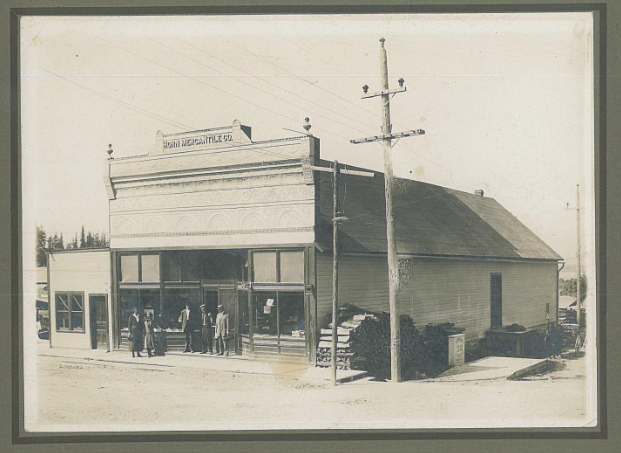Wayfarers and Harry Horn – A uniquely Bigfork State Park
We often take for granted the numerous recreation opportunities that surround us in Bigfork. Do we go up to Crane Mountain, how about the Wild Mile trail, maybe Swan Lake, no for sure the North Shore. My kids often roll their eyes when we list off our go to favorite…Wayfarers...
Become a Subscriber!
You have read all of your free articles this month. Select a plan below to start your subscription today.
Already a subscriber? Login







